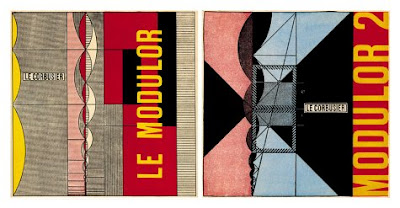
I love flowers and i painted this picture last year.
I basically use yellow and red and blue in this painting.
I was amaze that there are many variables in one color.
Firework
I took this picture on Chinese new year's eve.
We play firework on New year's.
Each year, the sky was lighten up by the fireworks.
The reason that I like firework is because its unique and temporary.
Well, its hard to take a clear picture on firework.
Walls in Bedroom (In Boston)
I took this picture in my friends home last year.
This wall is full of pictures from fashion magazine.
I like the way she arrange it. It is very colorful and seems fashionable.
she also put her artwork on the wall.
Patterns from my sketch book 1
I used color pen create this drawing. It was on 02/02/2009.
I like the elements in this picture.
I usually draw the similar pattern in my sketch book.
Patterns from my sketch book2
I also draw this pattern on my sketch book in 2009.
This pattern seems like butterfly and flowers.
When I started to draw this, I just keep add same pattern from one center.
The pattern seems to grow up by itself.
Cloth, shoe, and my ipod
I took this picture during the summer in 2008.
These are all my stuff. Actually I was going to wear those things that day.
I came up an idea to put them on the floor and take a picture of it.
I put my ipod beside my shits and place the headphone to the higher place.
I want to make the viewer to think that it was an actual person who is listening to music.
It was a fun work.
A series instant pictures
This is a series pictures of my previous work.
I used my polaroid camera took 4 pictures, and arrange them on the windowsill.
And I used the digital camera took this picture.
Starbucks
Starbucks logo :)
People probably see this logo everywhere.
Starbucks has 3 other logos, which was used in different period of time.
I like this logo best. I like the combination of green, black and white in this logo.
I also think the women in the center of this logo might mean something important, yet I haven't figure it out yet.
People in white and black
I found this pattern online. Then I paint it on a white T-shirt.
I like the way the artist present this picture.
Even though, the picture is not colorful, we still can see the emotion on each person.
SKY
This picture is from last year back in China.
I love to look at sky, especially during summer time.
The sky is really clear and the cloud change every time.
Sometime, I just staring at the sky and see the clouds passing by.
The nature is really incredible.
The pattern of the tree
The pattern of the tree. The branches of the tree is pretty random.
I forget when did I take this picture, probably when i was in high school.
The sun behind the tree. It reminds me of life pattern.


















































